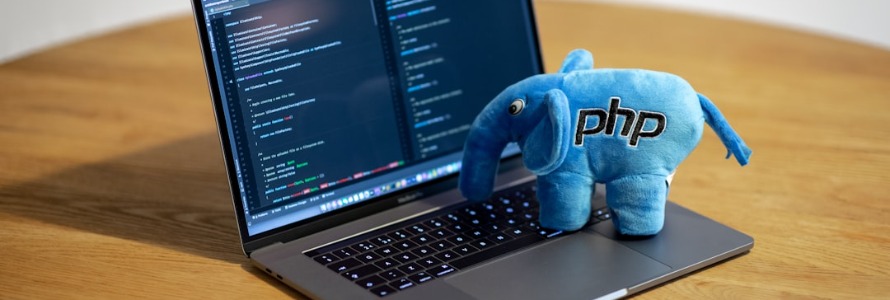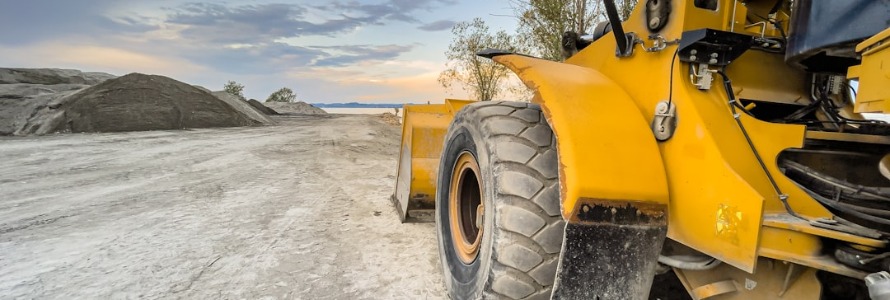
When I first decided to learn coding, I was both excited and overwhelmed. The world of programming languages seemed vast and complex, but I quickly realized that with the right approach, anyone can master the basics and beyond. This guide is my personal journey into the world of coding, and I hope it helps you embark on your own path to becoming a proficient programmer.
Why Learn to Code?
Learning to code has countless benefits, both personally and professionally. Here are a few reasons why I decided to take the plunge:
- Problem-Solving Skills: Coding challenges me to think critically and solve problems logically. It sharpens my analytical skills and encourages creativity.
- Career Opportunities: In today’s digital age, coding skills are in high demand across various industries. Knowing how to code opens up a wide range of job opportunities and career advancements.
- Empowerment: Being able to create my own software, websites, or apps gives me a sense of accomplishment and empowerment. It’s incredibly satisfying to see my ideas come to life through code.
- Continuous Learning: The tech industry is constantly evolving, and coding keeps me engaged in lifelong learning. There are always new languages, frameworks, and technologies to explore.
Choosing the Right Programming Language
One of the first decisions I faced was choosing the right programming language to start with. Here are some beginner-friendly languages that I considered:
- Python: Python is known for its simplicity and readability, making it an excellent choice for beginners. Its syntax is straightforward, and it has a wide range of applications, from web development to data analysis.
- JavaScript: As the language of the web, JavaScript is essential for front-end development. It’s relatively easy to learn and is used for creating interactive and dynamic web pages.
- Ruby: Ruby is another beginner-friendly language with a clean and readable syntax. It’s often used for web development, especially with the Ruby on Rails framework.
- Scratch: For absolute beginners, especially younger learners, Scratch offers a visual and block-based approach to coding. It introduces basic programming concepts in a fun and interactive way.

Getting Started with Python
Python was my language of choice, and it has been a fantastic starting point. Here’s how I got started:
- Installing Python: I downloaded and installed Python from the official website. The installation process was straightforward, and I was up and running in no time.
- Choosing an IDE: An Integrated Development Environment (IDE) makes coding easier. I started with IDLE, which comes with Python, and later explored other options like PyCharm and VS Code.
- Learning Resources: I found a wealth of free resources online, including tutorials, courses, and documentation. Some of my favorites included Codecademy, Coursera, and the official Python documentation.
- Writing My First Program: I started with the classic “Hello, World!” program, which prints a simple message to the screen. It was a small but satisfying first step.
print("Hello, World!")Core Programming Concepts
As I delved deeper into coding, I encountered several core programming concepts. Understanding these fundamentals was crucial for my progress:
- Variables and Data Types: Variables store data, and data types define the kind of data a variable can hold. Python has various data types, including integers, floats, strings, and lists.
name = "Alice"
age = 25
height = 5.7- Control Structures: Control structures, such as loops and conditionals, allow me to control the flow of my program. For example,
ifstatements execute code based on certain conditions, while loops repeat code until a condition is met.
if age > 18:
print("You are an adult.")
else:
print("You are a minor.")
for i in range(5):
print(i)- Functions: Functions are blocks of reusable code that perform specific tasks. They help organize my code and make it more modular and readable.
def greet(name):
print(f"Hello, {name}!")
greet("Alice")- Object-Oriented Programming (OOP): OOP is a programming paradigm that uses objects and classes. It helps me model real-world entities and create more structured and maintainable code.
class Person:
def __init__(self, name, age):
self.name = name
self.age = age
def introduce(self):
print(f"My name is {self.name} and I am {self.age} years old.")
person = Person("Alice", 25)
person.introduce()
Building Projects
One of the best ways to learn coding is by building projects. Projects allow me to apply what I’ve learned and gain practical experience. Here are some beginner-friendly project ideas that helped me solidify my skills:
- Simple Calculator: I created a basic calculator that performs arithmetic operations like addition, subtraction, multiplication, and division.
- To-Do List App: I built a to-do list application to keep track of tasks. This project introduced me to concepts like file handling and user input.
- Weather App: I developed a weather application that fetches real-time weather data from an API. This project taught me about API integration and data parsing.
- Personal Blog: Using a web framework like Django or Flask, I created a personal blog to share my thoughts and experiences. This project gave me hands-on experience with web development.

Continuous Learning and Community Engagement
Learning to code is a continuous journey, and I find it important to stay engaged with the coding community:
- Join Online Forums: I joined online forums and communities like Stack Overflow, Reddit, and GitHub. These platforms provided valuable support, feedback, and collaboration opportunities.
- Attend Meetups and Conferences: I attended local meetups, hackathons, and conferences to network with other coders and learn about the latest trends and technologies.
- Contribute to Open Source: Contributing to open-source projects allowed me to gain real-world experience and give back to the coding community.
- Stay Updated: I followed tech blogs, podcasts, and newsletters to stay updated on the latest developments in the coding world.
Conclusion: Embrace the Journey
Learning to code has been a transformative experience for me. It has opened up new opportunities, challenged me to think differently, and empowered me to create and innovate. While the journey may seem daunting at first, with patience, practice, and perseverance, anyone can become a proficient coder. So, take that first step, embrace the learning process, and discover the incredible world of programming languages. The possibilities are endless, and the rewards are immense.
What do you think?


